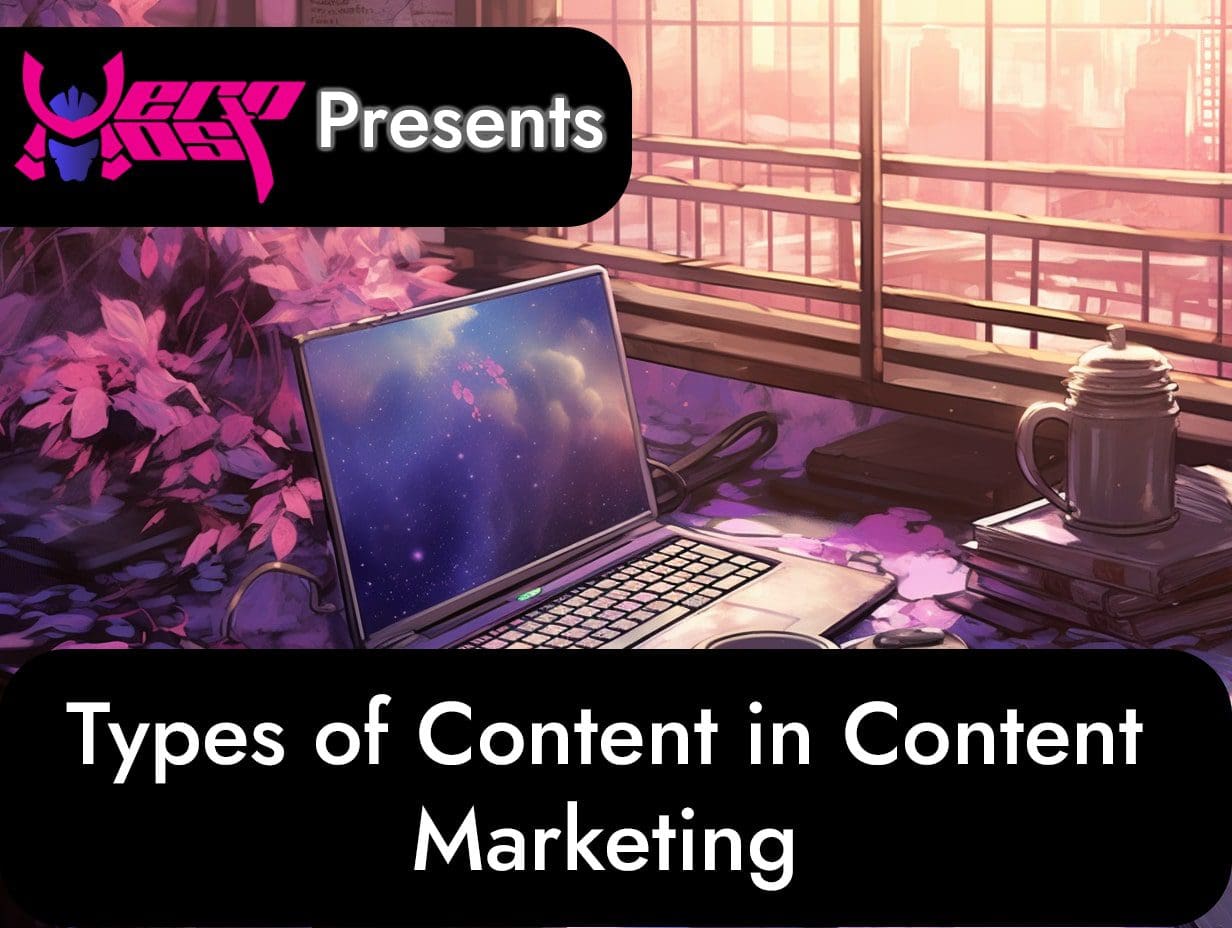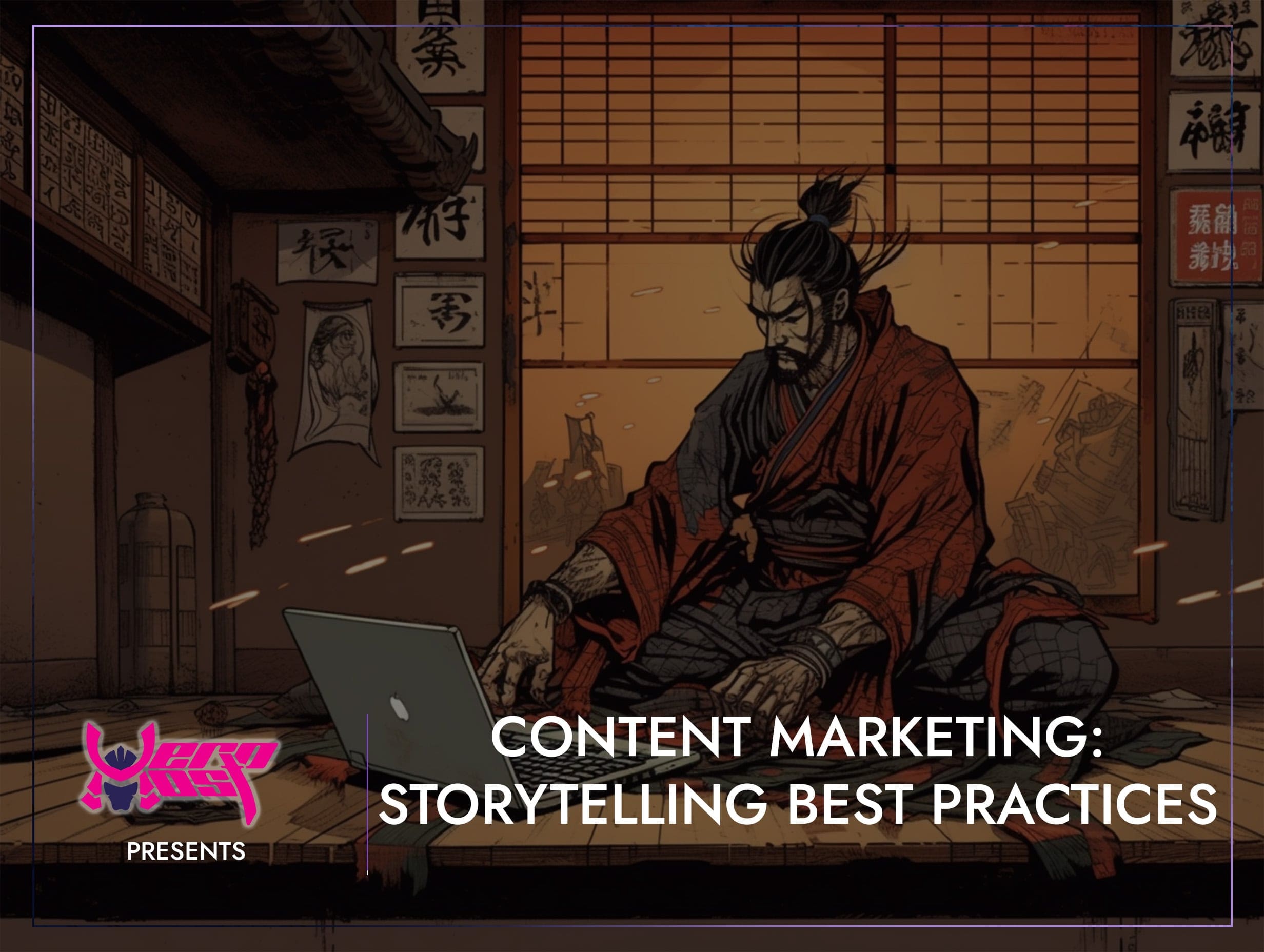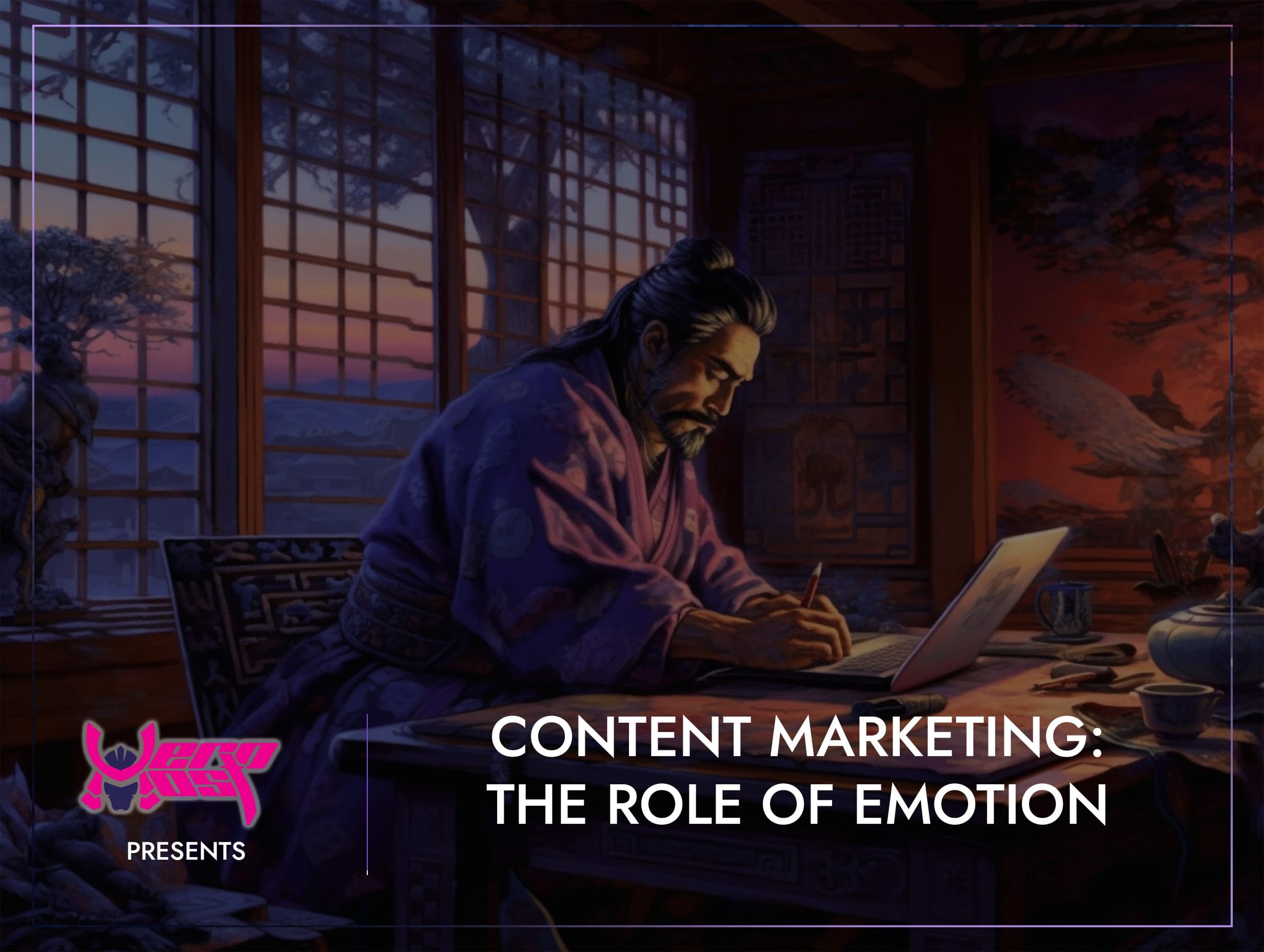Types of Content in Content Marketing
- Home
- Content Marketing
- Types of Content in Content Marketing

- Mikey Ryu
- November 1, 2023
- 0
Types of Content in Content Marketing
Types of Content Marketing
Content marketing has become a cornerstone of digital marketing strategies in recent years. It’s an effective way for businesses to engage with their target audience, provide value, and build brand awareness. However, content marketing isn’t a one-size-fits-all approach. To be successful, you need to employ a variety of content types to cater to different preferences, needs, and stages in the customer journey. In this blog, we’ll explore the various types of content in content marketing and how they can be used to create a well-rounded strategy.
Blog Posts:
Blog posts are one of the most popular and versatile forms of content marketing. They allow businesses to share their knowledge, expertise, and insights on various topics. Blog posts are excellent for increasing website traffic, building authority in your industry, and improving search engine rankings. They can range from short, snappy pieces to comprehensive, in-depth articles.
Infographics:
Infographics combine visual elements like charts, graphs, and images with concise text to convey complex information in an easily digestible format. They are highly shareable and can be used to explain data, statistics, or processes. Infographics are perfect for capturing the attention of a visually oriented audience.
Videos:
Videos are a highly engaging and dynamic content type. Whether it’s explainer videos, product demonstrations, interviews, or vlogs, video content is a powerful way to connect with your audience. With the rise of platforms like YouTube and TikTok, video marketing is more important than ever.
Ebooks and Whitepapers:
Ebooks and whitepapers are in-depth pieces of content that dive into specific topics or issues. They are typically used for lead generation, requiring users to provide their contact information to access them. Ebooks and whitepapers are essential for nurturing leads and establishing your authority in your industry.
Social Media Posts:
Social media is a crucial part of content marketing. Posts on platforms like Facebook, Instagram, Twitter, and LinkedIn help you engage with your audience, build a community, and promote your other content. Each platform has its own best practices, and your content should be tailored to the preferences of your target audience.
Podcasts:
Podcasts are a fantastic way to connect with your audience on the go. They allow you to discuss a wide range of topics, share stories, and provide valuable insights. Podcasts can be particularly effective in reaching an audience that prefers audio content.
Webinars and Live Streams:
Webinars and live streams are excellent for real-time engagement and interaction. They can be used to deliver educational content, conduct Q&A sessions, and showcase new products or services. Webinars can help position your brand as an authority in your industry.
Case Studies:
Case studies provide detailed accounts of how your product or service solved a specific problem for a customer. They offer social proof, showcase real-world results, and build trust with potential customers who are evaluating your offerings.
User-Generated Content:
User-generated content includes testimonials, reviews, and content created by your customers. It’s an authentic way to demonstrate your product or service’s value. Sharing user-generated content not only builds trust but also fosters a sense of community around your brand.
Interactive Content:
Interactive content, such as quizzes, surveys, and interactive infographics, engages the audience and encourages them to participate. It can be used to gather data, provide personalized recommendations, or simply entertain.
Email Marketing:
Email marketing is a powerful way to nurture leads and maintain relationships with your audience. It includes newsletters, product announcements, and personalized content based on user behaviour and preferences.
Visual Content:
Visual content includes images, graphics, and memes that are shared on social media and other platforms. Visual content can convey information quickly and is crucial for branding and storytelling.
In a successful content marketing strategy, it’s essential to use a combination of these content types to cater to the diverse preferences and needs of your audience. Understanding your target audience and their journey through the sales funnel will help you determine which types of content to prioritize. It’s also important to continually analyze the performance of your content to refine your strategy and ensure it aligns with your business goals.
In conclusion, content marketing is a dynamic and ever-evolving field. The key to success is diversifying your content portfolio and tailoring it to your audience. By doing so, you can effectively engage, educate, and inspire your audience while achieving your marketing objectives.
Search
Categorys
- Branding (12)
- Business Growth Guides (3)
- Business Insights (3)
- Content Marketing (43)
- Domain Authority (19)
- Email Marketing (28)
- Google Analytics & Search Console (5)
- Hack or Not (2)
- Hero Host News (0)
- Inbound Marketing (32)
- Lessons From Asia (40)
- Marketing Guides (11)
- Martial Arts Journey (14)
- Outbound Marketing (8)
- Search Engine Optimisation (SEO) (41)
- Social Media Marketing (38)
- Web Design (20)
- Website Hosting (4)
- Wordpress (2)






